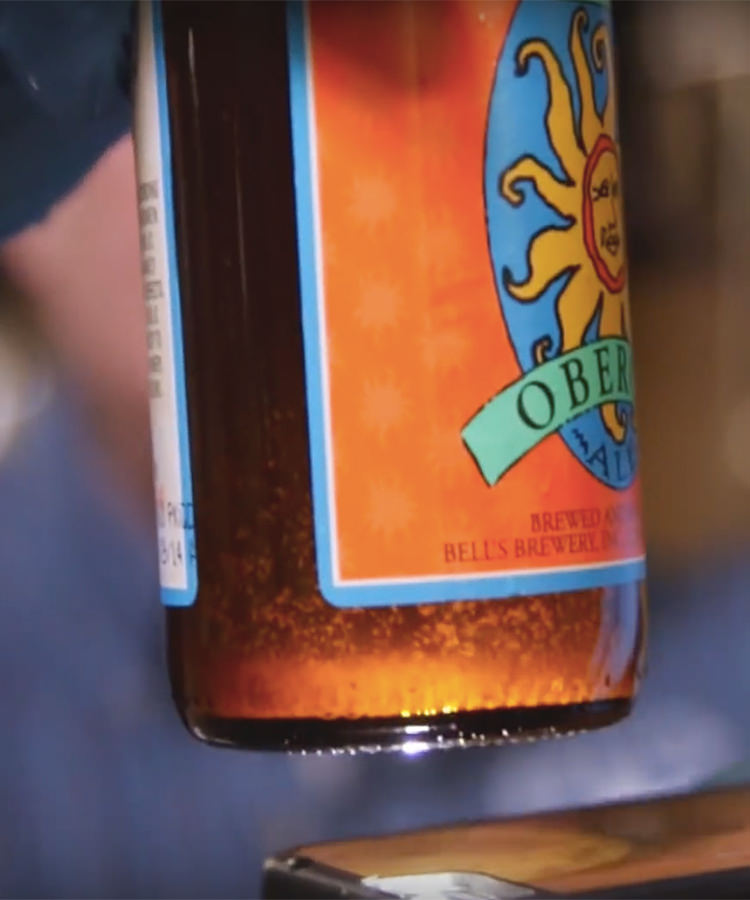Industrial, high-strung beers are out and farm fresh is in. Which sounds great in theory, but a shift in preference also means getting used to a few new things. Namely, sediment in beer.
Cloudy beers like New England-style IPAs and unfiltered ales often have a solid layer at the bottom of the beer that makes the beer hazy when poured into a glass. Call it sediment, flakies, yeasties, or whatever you want, it’s here to stay. Fresh beer means sediment, and as I mentioned before, fresh beer is in. But what exactly is it?
Sediment is yeast and protein particles from the brewing process. That could come from two things: a brewery choosing not to filter or pasteurize its beer before kegging or bottling, therefore leaving sediment in the final product, or it can come from bottle conditioning.
Bottle-conditioned beers that look like high-pulp orange juice are, essentially, living products. Bottle conditioning is when sugar or wort (unfermented beer) is added into beer with live yeast. The yeast eats the sugar, continuing to ferment the beer and creating CO2, keeping the beer fresh for longer.
Sediment is usually not a negative trait, whether its from lack of filtration or from bottle conditioning. The floaties are perfectly safe to consume, although it can sometimes mean that a beer is too old (old beer sediment looks like dandruff — avoid at all costs). If you want to avoid sediment in fresh beer, however, store the beer upright and let the sediment sink to the bottom. When it comes time to serve, gently pour around two-thirds of the beer into a glass, then carefully tilt the bottle toward the glass, pouring the rest of the liquid until you see the sediment near the lip of the bottle. You’ll lose about a sip of the beer (and lose the experience the brewer created), but your drink will be as clear as it will ever be.
Your best bet, though, is to drink the beer the natural way as the brewer intended. Let those floaties and yeasties float on.
